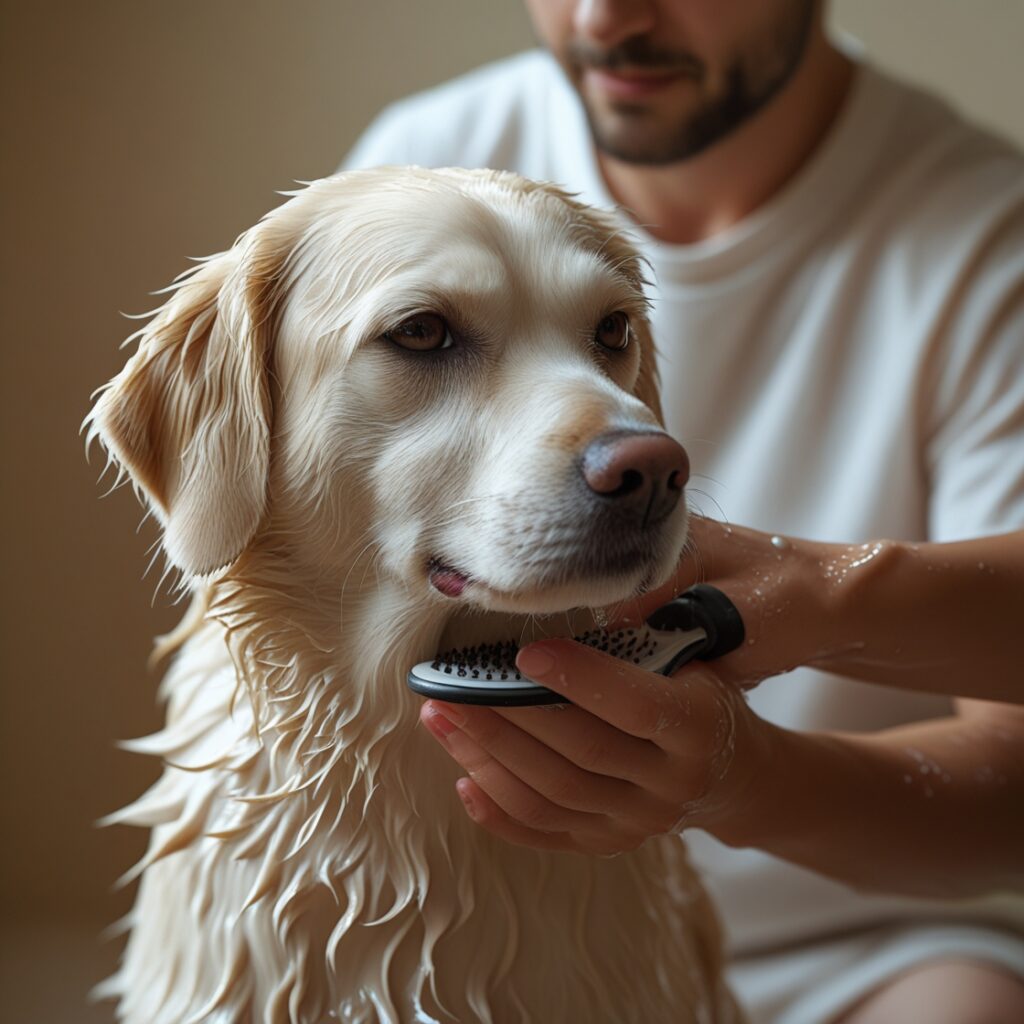Bringing a pet into your life is a joyful milestone filled with unconditional love, loyalty, and countless memorable moments. But becoming a responsible pet owner also means committing to your companion’s well-being from day one. Whether you’re adopting a playful puppy, a curious kitten, or even a senior rescue, this comprehensive beginner’s guide will walk you through how to raise a happy, healthy pet—and build a bond that lasts a lifetime.
Understanding Your Pet’s Basic Needs

Every pet species—dogs, cats, birds, rabbits, or reptiles—has unique requirements. However, some needs are universal and non-negotiable for their health and happiness.
Nutrition: The Building Block of Health
Proper nutrition forms the foundation of a healthy life. Choose a balanced pet food suitable for your animal’s species, breed, age, and health status. For example:

- Puppies and kittens require nutrient-rich food to support growth.
- Senior pets often need lower-calorie diets with joint support.
Avoid feeding human food as it can be harmful. Always provide fresh, clean water.
Shelter and Comfort
Create a cozy and safe living environment. This includes:
- Soft bedding in a quiet spot
- Clean litter boxes or designated potty areas
- Temperature regulation, especially for exotic pets
Your pet’s space should be free of hazards and offer a sense of security.
Regular Exercise
Exercise is not just about weight control; it also stimulates your pet mentally. Consider:
- Walks, playtime, or agility training for dogs
- Puzzle toys or climbing trees for cats
- Flying time or toys for birds
Regular movement prevents obesity and boredom-related behaviors.
Mental Stimulation
Engaging your pet’s brain is essential. Try:
- Interactive toys
- Training exercises
- Rotating enrichment activities
This keeps your pet curious, confident, and emotionally balanced.
Establishing a Routine
A predictable routine gives pets a sense of safety and reduces anxiety. Start with:
Feeding Schedule
Feed your pet at the same time each day. This helps with digestion and bathroom habits. For instance, dogs usually thrive on two meals per day, while cats may prefer smaller, frequent feedings.
Sleep Patterns
Just like humans, pets need uninterrupted rest. Provide a designated sleeping area and keep noise levels down during rest times.
Exercise and Social Time
Daily playtime or walks build trust and release excess energy. Mix it with training sessions for added benefit.
Health and Wellness
Veterinary care is one of the most critical aspects of raising a healthy pet.
Regular Vet Visits
Schedule wellness exams at least once a year. For puppies and kittens, more frequent visits are needed for vaccinations and development checks.
Vaccinations and Preventative Care
Core vaccinations protect against serious diseases like rabies, distemper, and parvovirus. Preventative medications can guard against fleas, ticks, and heartworms.
Grooming Basics
Clean pets are healthy pets. Depending on the species, grooming routines may include:

- Bathing
- Brushing
- Nail trimming
- Ear cleaning
- Coat trimming
Start early so your pet becomes comfortable with the process.
Dental Hygiene
Neglected dental care can lead to painful infections. Use:
- Pet-safe toothbrushes and toothpaste
- Dental treats or toys
- Professional cleanings as advised by your vet
Training and Socialization
Training your pet isn’t just about obedience—it’s about communication.

Start with Basic Commands
Teach commands like “sit,” “stay,” “come,” and “leave it.” These make daily life safer and more manageable.
Use Positive Reinforcement
Reward good behavior with treats, praise, or toys. Avoid punishment, as it can create fear and distrust.
Socialize Early and Often
Expose your pet to different environments, people, and animals during their formative months. This reduces the risk of aggression or fear-based behaviors later in life.
Address Behavior Issues Promptly
Consult a certified trainer or behaviorist if your pet shows signs of aggression, fear, or anxiety. The earlier you intervene, the better the outcome.
Emotional Well-being
Your pet’s happiness is just as important as their physical health.

Affection and Bonding
Spend quality time with your pet daily. Whether it’s cuddling, grooming, or playing, your pet thrives on your attention and affection.
Safe Spaces
Designate a space where your pet can retreat and feel secure—especially helpful during loud events like thunderstorms or holidays.
Monitor Mood Changes
Sudden shifts in appetite, behavior, or energy levels may signal stress, illness, or emotional discomfort. Consult your vet when in doubt.
Alone Time vs. Together Time
While pets need interaction, they also value rest. Provide toys and entertainment for when you’re away, and ensure you’re fully present when you’re home.
Lifelong Learning and Adaptation
As your pet ages, their needs will evolve. Stay informed and adjust your care accordingly:
- Senior pets may need orthopedic beds and dietary changes.
- Younger pets might require more stimulation and training.
- Rescue animals could need extra patience and gentle guidance.
Join local pet communities or follow trusted online resources for up-to-date advice.
Conclusion: A Rewarding Journey
Raising a happy, healthy pet is a fulfilling journey built on compassion, routine, education, and love. The effort you invest will be returned a hundredfold in the form of loyalty, companionship, and joy.
Your pet doesn’t need perfection—they need your presence, patience, and commitment.
Start strong, stay consistent, and celebrate the small wins along the way.



